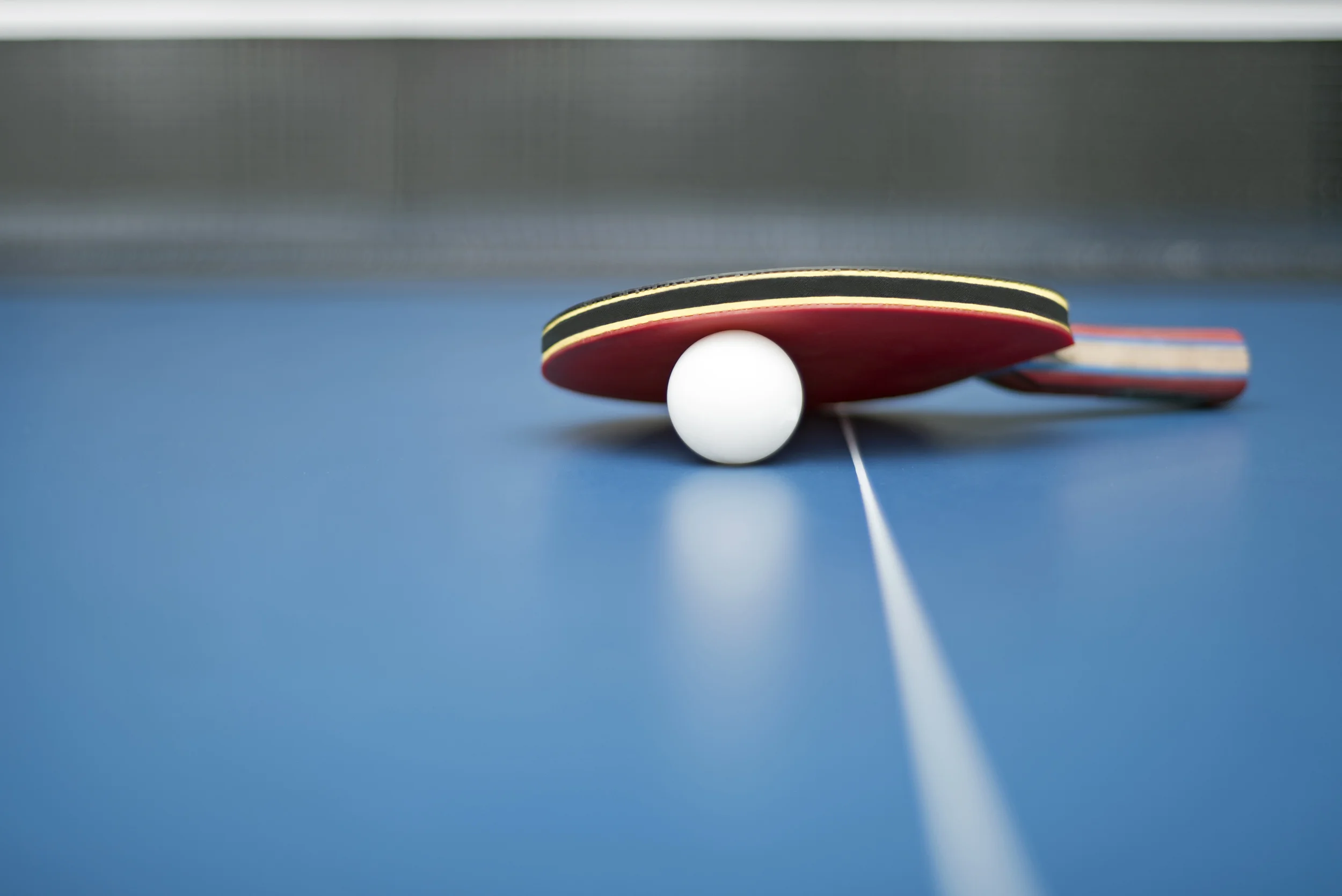Back and forth the ball goes over the net. One player hits the ping pong ball, the other player returns it. Sometimes it leaves the table top as the result of a bad shot, only to be returned back to the table to start over. The game is confined to a distinct space, and the ball really never moves in any direction at all, other than a repetitive back and forth...
If you have been in education long enough you’ve seen enough “ping pong balls.” You’ve seen things come and go, you’ve seen some things that have made a difference, and many things that have not. Today’s educational climate has no shortage of new ping pong balls - they range from genius hour to Minecraft to promoting failure to design thinking to Hour of Code. And that’s just a start.
And now you can add Pokemon Go to the growing list. It didn’t take long for this to become the new hot thing that will change the future of learning or make libraries interesting places to be.
Of course the real game of improving education is about changing the culture of schools and how they serve learning. That’s the responsibility of everyone in the organization and means focusing on the essence of what is important in the context of the growth and development of children.
And it’s an incredibly complex and difficult thing to do.
It requires much more than playing with LittleBits, breaking out of a box or being a genius on Friday afternoon. It requires teaching like a human being rather than like a pirate. It requires more than several teachers in classrooms doing interesting things with the things I mentioned earlier. It requires sustained focus and effort and not being distracted or misled by the latest Twitter flavor of the month or the trendy keynoter shouting from the highest stage about the newest thing.
If I am critical of these efforts, you have a right to expect that I communicate an alternative. And here it is.
Three decades in education tells me that making a difference requires the difficult and hard work associated with:
- Developing an empathic mindset towards learners and their true needs.
- Ensuring the social and emotional health of the school community
- Developing an invitation into learning that based in the childlike learning qualities of wonder and curiosity.
- Creating challenging student experiences that empower students to create, share and serve.
- Supporting students in continuous and iterative improvement and the development of learning skills and dispositions
- Creating the conditions for service learning dedicated to the community and world
- Creating a culture of inclusion. All are welcomed, all are valued, and individuality and diversity are celebrated and employed as a source of unified strength.
Improving schools and what kids do there is not about Pokeballs and PokeStops and capturing Charmander. It’s just not. It never will be. It’s not about breaking out and then wondering, ok, so what’s next? It’s not about going back and forth, in a never-ending exhaustive paddle to ball-ball to paddle battle. It’s about moving forward in an intelligent manner, with all hands on deck, committed with jaw set, in the service of students, learning and community.
My charge to you is to invest in what’s real, sustainable, and truly worthwhile.

